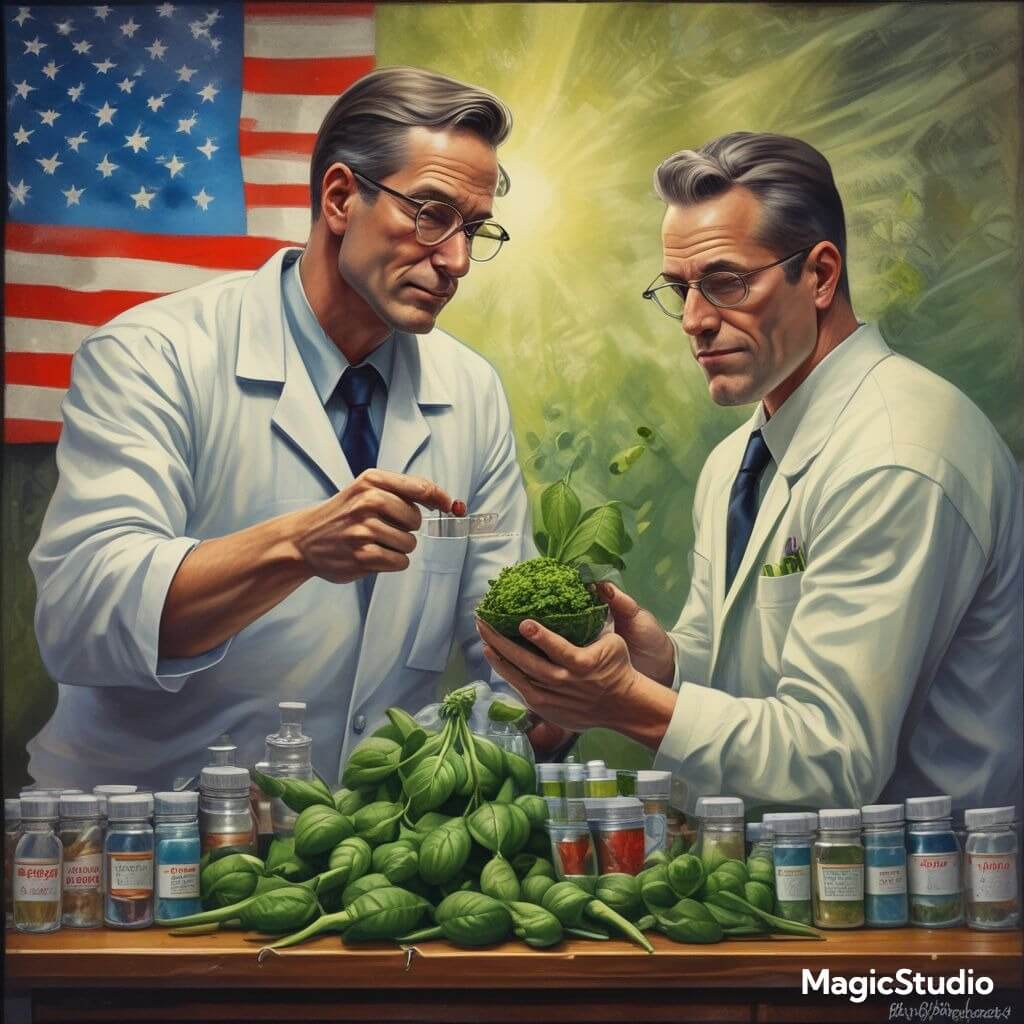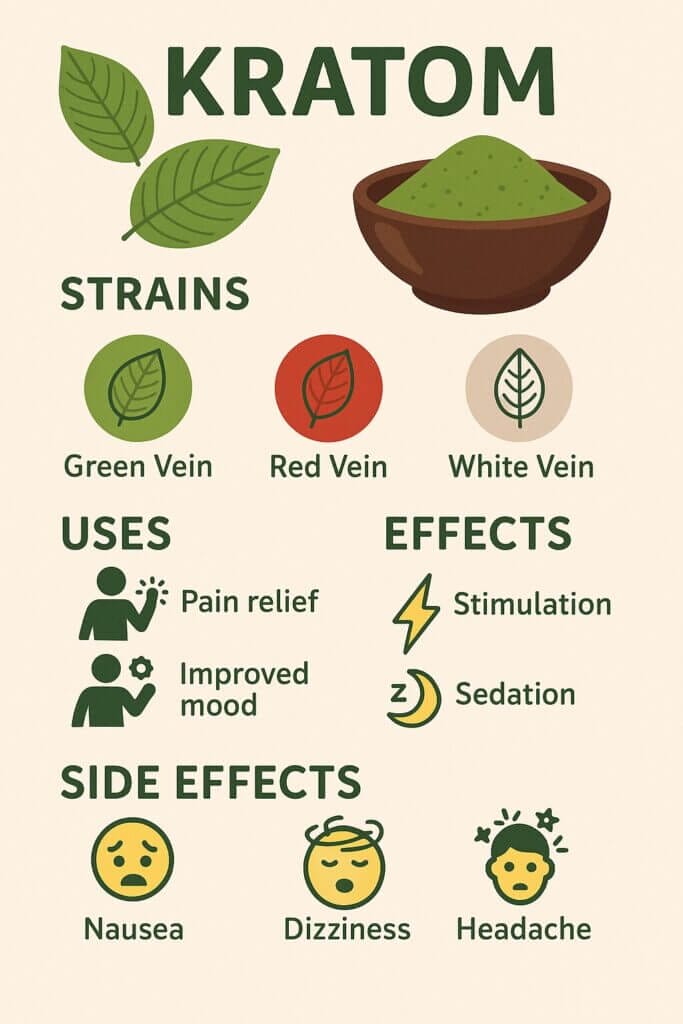Natural Pain Remedies Origins
The history of natural pain remedies is as old as humanity.
For thousands of years, healing came from nature. Our ancestors turned to roots, herbs, and the elements around them—crafting remedies passed down through oral tradition and ritual. Whether it was willow bark for pain, echinacea for immunity, or garlic for infections, the earliest physicians were herbalists, shamans, and healers who believed that nature held the cure for every ailment.
But the story of medicine is one of evolution. What began in forests and kitchens has since moved into laboratories and boardrooms. Today, most treatments are synthetic, standardized, and often pharmaceutical—produced by one of the most powerful industries in the world.

Ancient Roots of Healing – Natural Pain Remedies
Ancient Egypt, Traditional Chinese Medicine texts, Ayurveda scriptures all feature Natural Pain Remedies.
Long before hospitals and health insurance, the world’s civilizations were building sophisticated systems of medicine. Natural Pain Remedies were abundant.
Disciplines of Natural Pain Remedies:
- Ayurveda in India mapped the body through doshas and used herbs like ashwagandha and turmeric.
- Traditional Chinese Medicine integrated acupuncture and botanical formulations.
- Greek physicians like Hippocrates emphasized the healing power of nature—“Let food be thy medicine.”
These systems weren’t perfect, but they were rooted in holistic, preventative care and a close relationship with the natural world.
The Birth of Western Medicine
European apothecaries, alchemy, the Enlightenment and the fall of Natural Pain Remedies.
During the Renaissance and Enlightenment, scientific inquiry began to reshape medicine. Experiments replaced superstition. Dissection replaced guesswork. And with the birth of modern chemistry, natural substances were increasingly isolated, studied, and concentrated.
This was the beginning of pharmacology—the idea that active compounds in plants could be extracted, replicated, and even improved upon.
Examples:
- Morphine was isolated from the opium poppy.
- Aspirin was synthesized from willow bark.
- Quinine, a malaria remedy, came from cinchona tree bark.
This marked a new era: rather than whole herbs, medicine could now be measured, patented, and mass-produced. Natural Pain Remedies begin to be demonized.
The Industrial Revolution and Medical Standardization
Oil fields, factory assembly lines, early pharmaceutical ads signal the decline of traditional Natural Pain Remedies.
By the late 19th and early 20th centuries, industrialization changed everything. Factories replaced farms. Chemical labs replaced herbal kitchens. And healing became big business.
Enter John D. Rockefeller, one of the wealthiest men in history and founder of Standard Oil. He saw a golden opportunity—not just in energy, but in health.
Rockefeller backed a nationwide movement to standardize medical education, funding the 1910 Flexner Report, which declared many forms of traditional medicine—including homeopathy, naturopathy, and herbalism—as unscientific.
The result? Over half of all medical schools closed. The survivors were those that embraced allopathic (drug-based) medicine, grounded in pharmaceutical science.
At the same time, Rockefeller invested heavily in pharmaceutical companies, many of which were developing petroleum-based synthetic drugs.
Modern medicine had officially changed course.
Pharmaceuticals Take the Lead
traditional Natural Pain Remedies begin to fall.
Throughout the 20th century, the pharmaceutical industry expanded rapidly. Scientific breakthroughs brought us antibiotics, vaccines, painkillers, antidepressants, and countless other life-saving drugs.
To be clear, this era ushered in undeniable advances:
- Penicillin saved millions of lives.
- Insulin revolutionized diabetes treatment.
- Anesthesia transformed surgery.
Drugs could now be standardized, studied in clinical trials, and prescribed with precision. Regulation through agencies like the FDA helped ensure safety, quality, and efficacy—at least in theory.
But with these advances came new challenges.

The Rise of Big Pharma
traditional Natural Pain Remedies get diminished.
Today, the pharmaceutical industry is worth over $1.5 trillion globally. It funds medical schools, advertises on television, and exerts enormous influence over research and regulation.
Yet, this dominance has raised ethical questions.
- Why are life-saving drugs often priced out of reach?
- Why are natural remedies increasingly regulated or banned?
- Why do FDA-approved drugs sometimes come with side effects worse than the conditions they treat?
Many critics argue that health has become profit-driven. Pharmaceutical patents are more lucrative than plants, and disease management is more profitable than prevention.
The Forgotten Roots of Healing
Farmers markets, herbalists, tea ceremonies revitalize traditional Natural Pain Remedies.
Ironically, many modern drugs are still derived from plants. But instead of using the whole herb, pharmaceutical companies often:
- Identify an active compound.
- Modify it to create a new molecule.
- Patent it.
- Market it as a “new” drug.
Meanwhile, the original plant—often non-patentable—is dismissed as “unregulated” or “dangerous.”
Examples:
- Aspirin (acetylsalicylic acid) → inspired by willow bark.
- Tamiflu → derived from star anise.
- Digoxin → modeled after compounds in foxglove.
Nature is not outdated—it’s often the blueprint.

A New Generation Rediscovers Nature
[Scene: Young people sipping herbal teas, yoga classes, DIY tinctures]
In recent years, there’s been a quiet revolution: a return to natural medicine.
People are:
- Choosing CBD over prescription painkillers.
- Drinking kava or chamomile tea to manage stress.
- Turning to mushrooms for mental health and immune support.
It’s not about rejecting science—but about reclaiming balance.
This movement—often called integrative medicine—blends the best of both worlds:
- Pharmaceuticals when necessary.
- Plants and lifestyle when possible.
It honors the wisdom of our ancestors while embracing the tools of modern science.
Conclusion: A New Medical Paradigm

The journey from herbal roots to synthetic pills has been complex. Modern medicine has saved countless lives. But in the rush toward innovation, we’ve often forgotten the simple, powerful remedies that sustained us for centuries.
As we move forward, perhaps the most revolutionary thing we can do is remember.
Remember the plants.
Remember the people who passed down their knowledge.
Remember that health isn’t just the absence of disease—it’s harmony, nature, and care.
Buy kratom for pain at Soulful Herbals. Kratom is a natural remedy for pain.
The future of medicine isn’t synthetic vs. natural. It’s synergy.
Explore. Learn. Reclaim. #NaturalMedicine #HealthHistory #HolisticHealing

